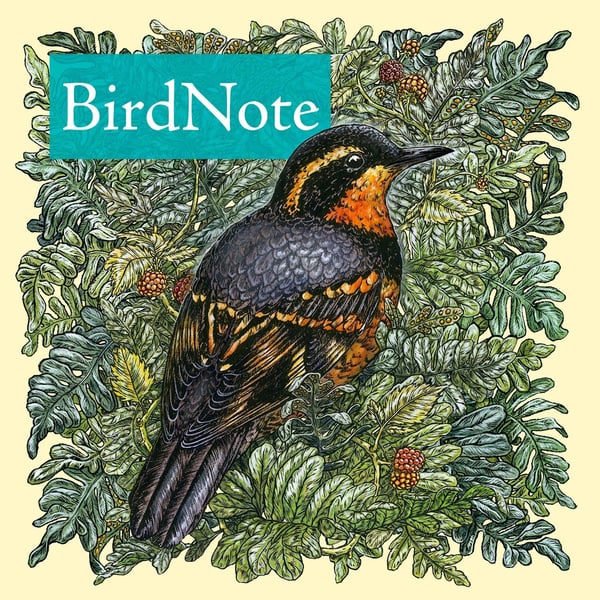American Herring Gull
BirdNote Daily
BirdNote
4.6 • 1.2K Ratings
🗓️ 12 May 2025
⏱️ 2 minutes
🧾️ Download transcript
Summary
Transcript
Click on a timestamp to play from that location
| 0:00.0 | This is Bird Note. |
| 0:07.3 | With white and gray feathers, a piercing stare and noisy screams, |
| 0:12.7 | the American herring gull is what most folks might call a seagull, |
| 0:17.1 | but you're likely to see these gulls far from shore, too. |
| 0:25.1 | The American herring gull is one of four nearly identical species found in temperate regions of the northern hemisphere, |
| 0:32.9 | including the European herring gall, Vega-go and Mongolian gull. In fact, ornithologists once lumped them |
| 0:41.5 | altogether under the single species name herringol until 2024, when scientists found key |
| 0:48.5 | differences in their genetics, appearance, and vocalizations. Just as raucous and hefty as its cousins, |
| 0:56.2 | you can find American herring gulls from Alaska to Puerto Rico, |
| 1:00.1 | squabbling over table scraps at an inland landfill, |
| 1:03.5 | or scarfing down French fries by the beach. |
| 1:10.0 | It takes juvenile herring gulls four years to grow into their iconic adult plumage. |
| 1:15.7 | You can tell the youngsters apart from their elders by their speckled gray-brown body feathers. |
| 1:20.9 | But even young birds can compete with the adults in size and volume. |
| 1:27.1 | American herring gulls are about two feet long from beak to tail, |
| 1:30.8 | with a nearly six-foot wingspan that's perfect for soaring across land and sea. |
| 1:38.0 | For Bird Note, I'm Michael Stein. |
| 1:40.9 | This episode is sponsored by Laura Potash of Rosalind Washington. |
Please login to see the full transcript.
Disclaimer: The podcast and artwork embedded on this page are from BirdNote, and are the property of its owner and not affiliated with or endorsed by Tapesearch.
Generated transcripts are the property of BirdNote and are distributed freely under the Fair Use doctrine. Transcripts generated by Tapesearch are not guaranteed to be accurate.
Copyright © Tapesearch 2025.

